Brazil, the largest country in South America, is a land of extraordinary contrasts and boundless energy. From the lush Amazon Rainforest to the lively rhythms of Rio de Janeiro, Brazil is a country that captivates with its diverse landscapes, rich history, and dynamic culture. Whether you’re seeking adventure, natural beauty, or cultural immersion, Brazil promises an unforgettable experience.
Table of Contents
Geography
Brazil, spanning approximately 8.5 million square kilometers, is the largest country in South America and Latin America. Its vast expanse includes diverse geographical features, from the dense Amazon Rainforest in the north to the temperate regions in the south. The country is bordered by every South American nation except Chile and Ecuador, and it boasts an extensive Atlantic coastline of over 7,000 kilometers.
The northern part of Brazil is dominated by the Amazon Basin, renowned for its unparalleled biodiversity. This vast rainforest is crucial for global climate regulation and is home to countless species of plants and animals. The central region features the Brazilian Highlands, a mix of plateaus, savannahs, and semi-arid areas, while the southern regions offer rolling hills and temperate climates, creating a striking contrast to the tropical north.
Brazil’s coastline is renowned for its stunning beaches, including Copacabana and Ipanema in Rio de Janeiro. The country’s topography also includes the Serra do Mar mountain range, the Pantanal wetlands— the world’s largest tropical wetland— and a myriad of rivers and waterfalls that add to its natural allure.
States of Brazil
Brazil is divided into 26 states and 1 Federal District.
| No. | State | Capital |
|---|---|---|
| 1. | Acre | Rio Branco |
| 2. | Alagoas | Maceió |
| 3. | Amazonas | Manaus |
| 4. | Bahia | Salvador |
| 5. | Ceará | Fortaleza |
| 6. | Distrito Federal | Brasília |
| 7. | Espírito Santo | Vitória |
| 8. | Goiás | Goiânia |
| 9. | Maranhão | São Luís |
| 10. | Mato Grosso | Cuiabá |
| 11. | Mato Grosso do Sul | Campo Grande |
| 12. | Minas Gerais | Belo Horizonte |
| 13. | Pará | Belém |
| 14. | Paraíba | João Pessoa |
| 15. | Paraná | Curitiba |
| 16. | Pernambuco | Recife |
| 17. | Piauí | Teresina |
| 18. | Rio de Janeiro | Rio de Janeiro |
| 19. | Rio Grande do Norte | Natal |
| 20. | Rio Grande do Sul | Porto Alegre |
| 21. | Rondônia | Porto Velho |
| 22. | Roraima | Boa Vista |
| 23. | Santa Catarina | Florianópolis |
| 24. | São Paulo | São Paulo |
| 25. | Sergipe | Aracaju |
| 26. | Tocantins | Palmas |
| 27. | Distrito Federal | Brasília |
History
Brazil’s history is a rich tapestry woven from indigenous cultures, Portuguese colonization, and its emergence as an independent nation. Long before the arrival of Portuguese explorers, Brazil was inhabited by various indigenous groups, such as the Tupinambá, Guarani, and Kayapo. These tribes had developed sophisticated societies with rich traditions and complex social structures.
In 1500, Portuguese explorer Pedro Álvares Cabral landed on the Brazilian coast, marking the beginning of European influence. Brazil was initially a Portuguese colony, with its economy based on sugar plantations and later, gold and diamond mining. The exploitation of indigenous people and African slaves played a significant role in the development of Brazil’s colonial economy.
Brazil declared its independence from Portugal in 1822, following a period of political and economic unrest. The country transitioned from an empire under Dom Pedro I to a republic in 1889. Over the 20th and 21st centuries, Brazil has undergone significant social and economic transformations, emerging as a major global player with a diverse and vibrant culture.
Must-Visit Destinations
1. Christ the Redeemer
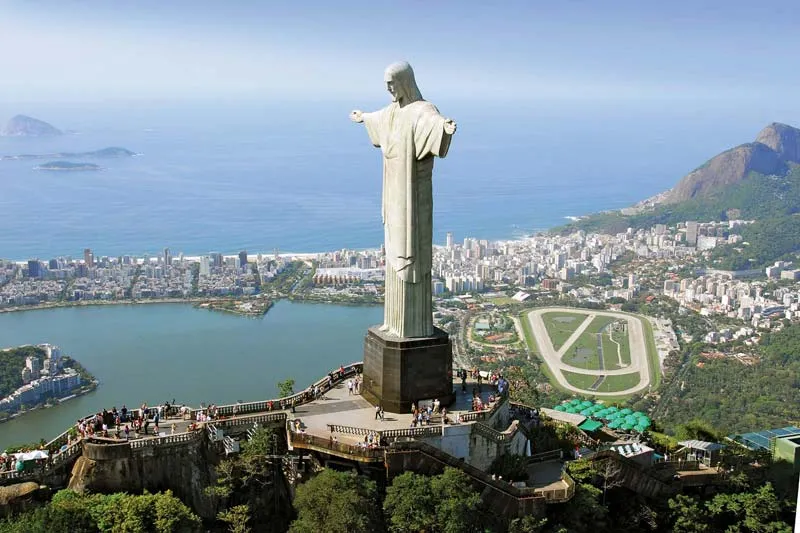
Standing majestically atop Corcovado Mountain in Rio de Janeiro, the Christ the Redeemer statue is an iconic symbol of Brazil. This colossal statue of Jesus Christ overlooks the city and offers breathtaking panoramic views of Rio and its surroundings. As one of the New Seven Wonders of the World, it attracts millions of visitors annually.
2. Iguazu Falls
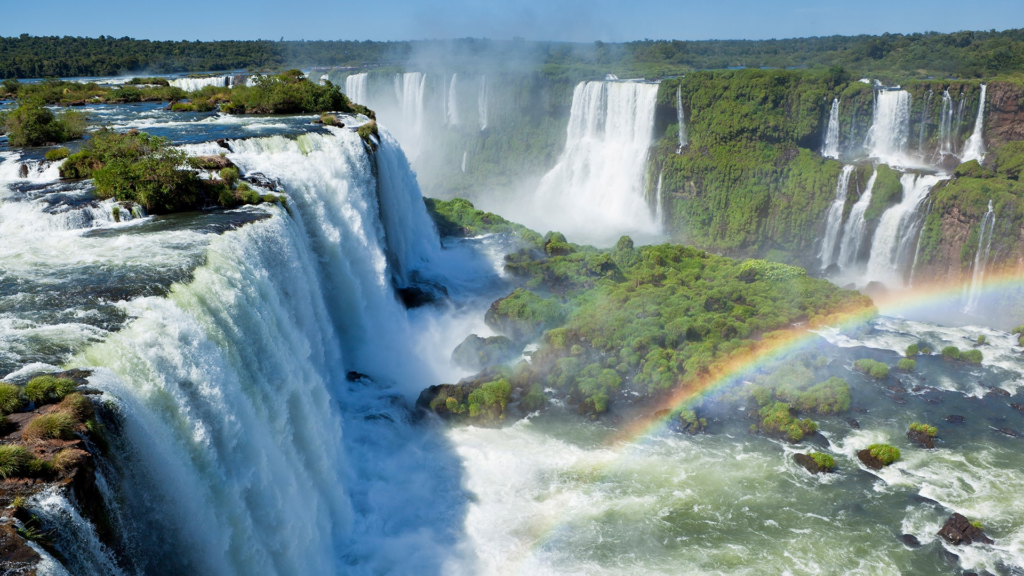
Straddling the border between Brazil and Argentina, Iguazu Falls is one of the largest and most impressive waterfall systems in the world. The falls consist of approximately 275 individual cascades, creating a dramatic and awe-inspiring spectacle. The surrounding Iguazu National Park is a UNESCO World Heritage site, offering lush rainforests and diverse wildlife.
3. Amazon Rainforest
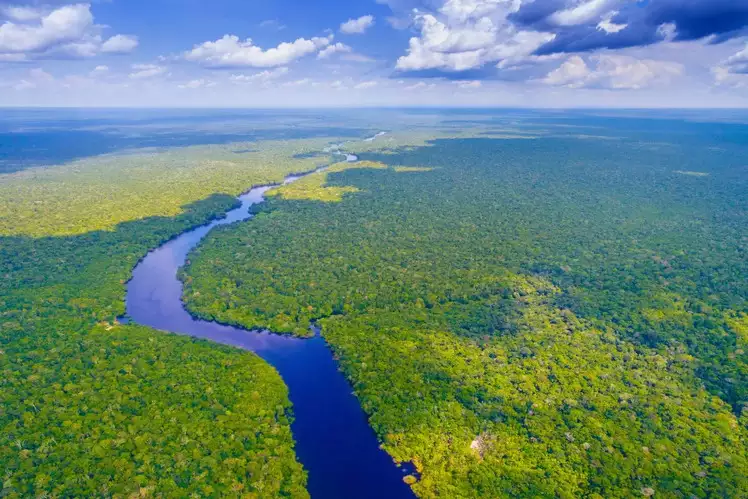
The Amazon Rainforest, covering a significant portion of northern Brazil, is the largest tropical rainforest in the world. Known for its incredible biodiversity, the Amazon is home to countless species of flora and fauna, many of which are found nowhere else on Earth. Exploring the rainforest offers a chance to witness unique wildlife and experience the vibrant ecosystem firsthand.
4. Pantanal Wetlands
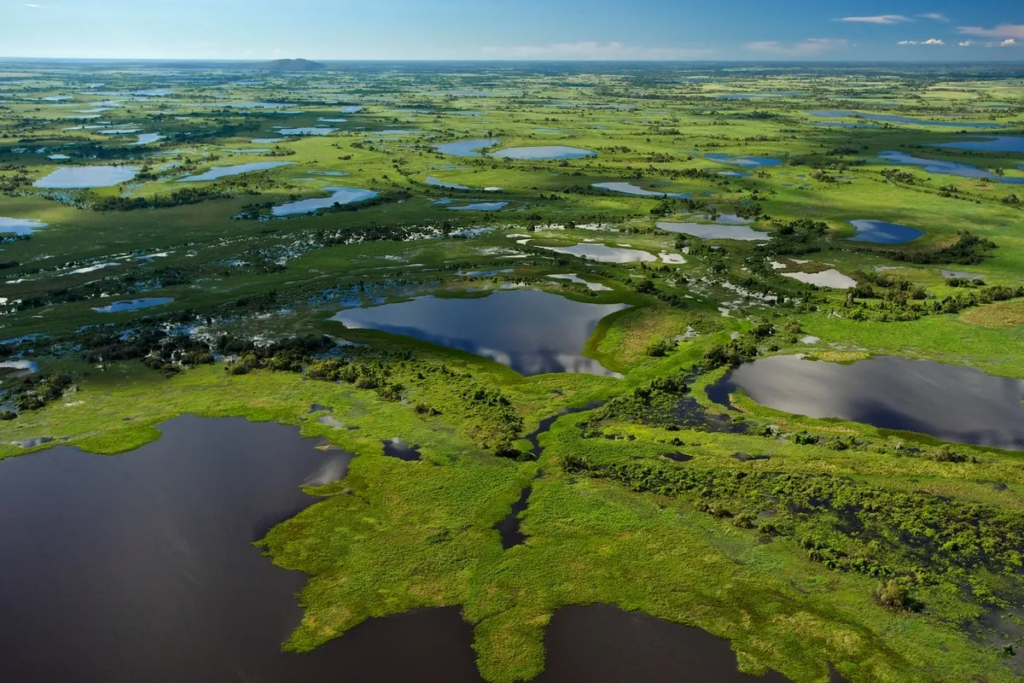
The Pantanal is the world’s largest tropical wetland, located primarily in western Brazil. It is renowned for its extraordinary wildlife, including jaguars, caimans, and capybaras. The wetland’s seasonal flooding creates a rich environment for birdwatching and wildlife photography, making it a must-visit for nature enthusiasts.
5. Rio de Janeiro

Rio de Janeiro, often referred to simply as Rio, is a vibrant city known for its stunning beaches, lively Carnival celebrations, and iconic landmarks. Highlights include the Sugarloaf Mountain, which offers panoramic views of the city, and the lively Copacabana and Ipanema beaches. Rio’s cultural scene, with its samba music and dance, adds to its dynamic atmosphere.
6. Salvador

Salvador, located in the state of Bahia, is a city rich in Afro-Brazilian culture and history. It is known for its colonial architecture, vibrant music scene, and colorful festivals. The Pelourinho district, a UNESCO World Heritage site, features well-preserved colonial buildings and cobblestone streets, reflecting the city’s historical significance.
7. Brasília
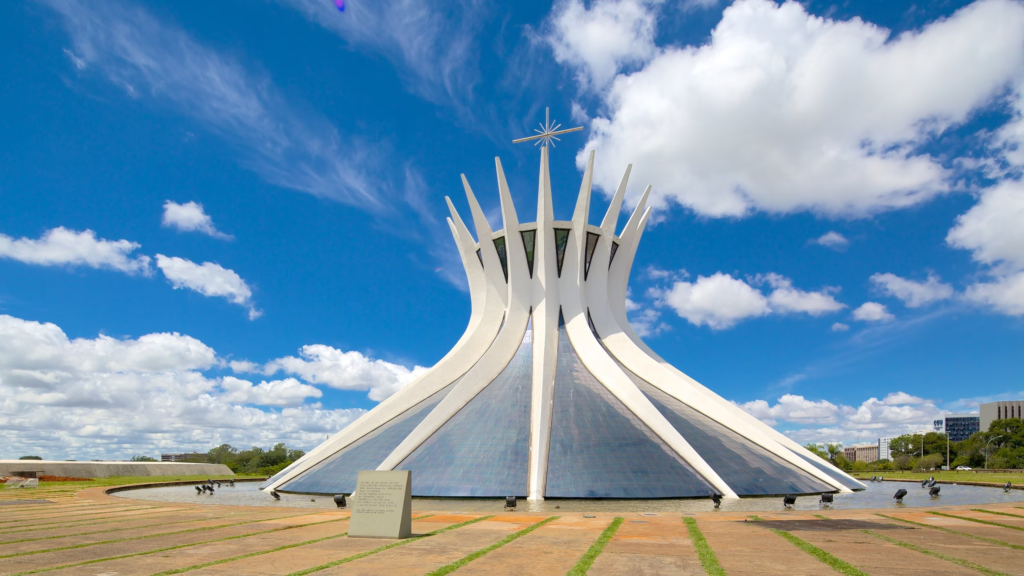
The capital city of Brasília is renowned for its modernist architecture and unique urban planning. Designed by architect Oscar Niemeyer and urban planner Lúcio Costa, Brasília features futuristic buildings and expansive green spaces. The city’s layout, with its distinctive airplane shape, and its architectural landmarks make it an architectural marvel.
8. Ouro Preto
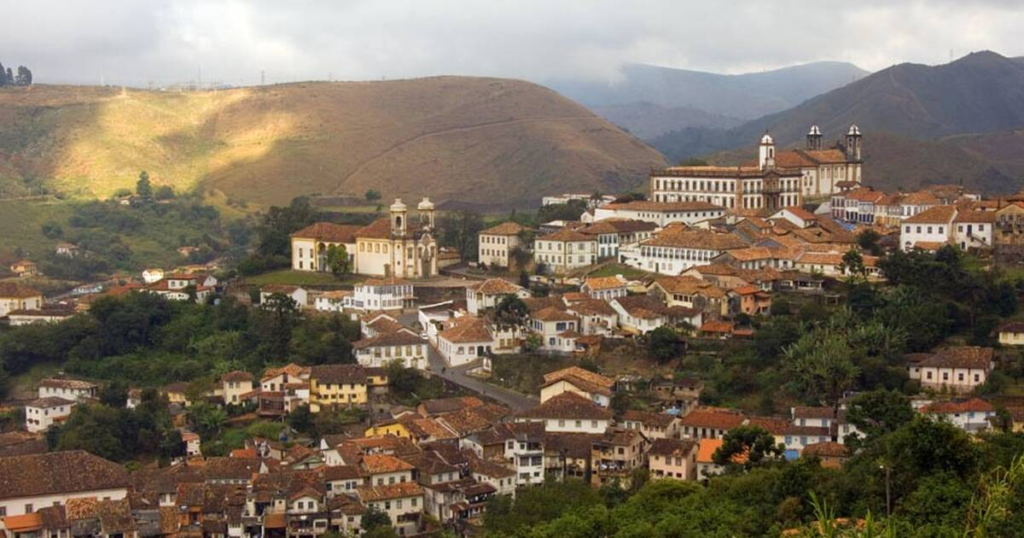
Ouro Preto, located in the state of Minas Gerais, is a historic city known for its well-preserved colonial architecture and rich history. It was a major center during Brazil’s gold rush in the 18th century. The city’s baroque churches, narrow streets, and historic buildings have earned it UNESCO World Heritage status.
9. Recife
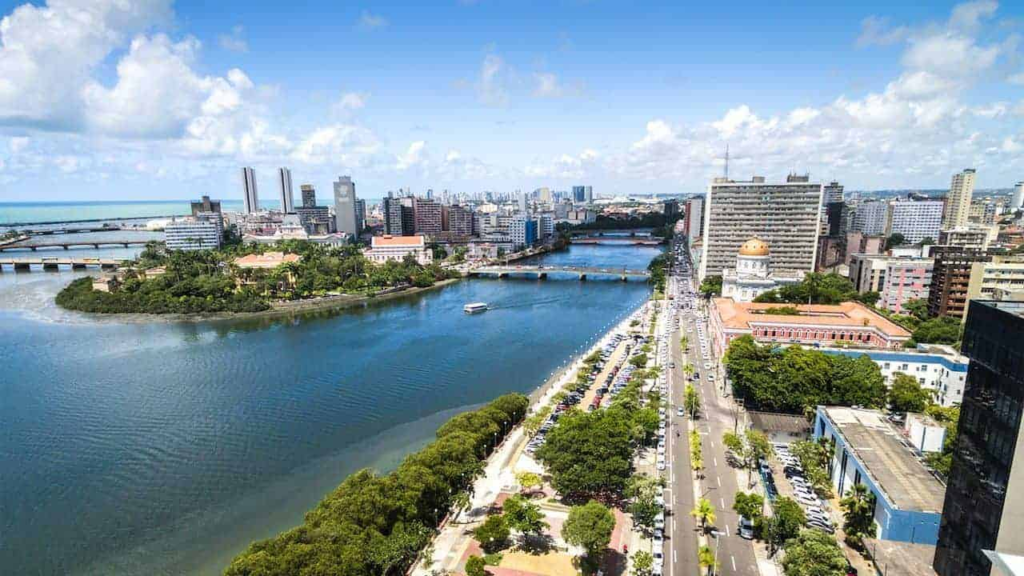
Recife, known as the “Venice of Brazil,” is famous for its canals, historic neighborhoods, and vibrant cultural scene. The city is a hub for Brazilian music, especially frevo and maracatu, and offers a rich blend of historic and contemporary attractions. The nearby town of Olinda, with its colonial architecture and lively carnival, adds to the region’s appeal.
10. Fernando de Noronha

Fernando de Noronha is an archipelago off the northeastern coast of Brazil, known for its pristine beaches and crystal-clear waters. The islands are a UNESCO World Heritage site due to their unique marine and terrestrial ecosystems. Visitors can enjoy snorkeling, diving, and exploring the stunning natural beauty of this remote paradise.
Culture
Brazilian culture is a vibrant mosaic influenced by indigenous traditions, Portuguese colonization, and African heritage. The country’s cultural richness is reflected in its music, dance, and cuisine. Samba, bossa nova, and forró are some of the musical genres that originated in Brazil and continue to shape its cultural landscape. The annual Carnival in Rio de Janeiro is a world-renowned celebration of music, dance, and elaborate costumes.
Portuguese is the official language of Brazil, making it unique in South America where Spanish is more common. The country’s diverse cultural influences are also evident in its cuisine, which features a blend of indigenous, African, and European flavors. Dishes like feijoada (a hearty black bean stew with pork) and acarajé (deep-fried bean cakes) are staples of Brazilian food culture.
Festivals
Brazil is renowned for its lively and colorful festivals, with the Rio de Janeiro Carnival being the most famous. This annual event, held before Lent, is a massive celebration featuring samba parades, elaborate costumes, and street parties. It attracts millions of visitors from around the world and showcases Brazil’s festive spirit and cultural heritage.
In addition to Carnival, Brazil hosts numerous other festivals throughout the year. The Festival of Parintins, held in the Amazon region, is a vibrant celebration of regional folklore and music. The Festa Junina, celebrated in June and July, is a traditional festival with roots in rural Brazil, featuring folk dances, bonfires, and traditional foods.
Economy
Brazil has a diverse and dynamic economy, driven by sectors such as agriculture, mining, and manufacturing. The country is one of the world’s largest producers of agricultural products, including soybeans, coffee, and sugarcane. The mining industry is also significant, with Brazil being a major exporter of iron ore and other minerals.
In recent years, Brazil has faced economic challenges, including periods of recession and political instability. However, the country remains a key player in the global economy, with a growing service sector and a large consumer market. Economic reforms and investment in infrastructure are aimed at boosting growth and improving economic stability.
Cuisine
Brazilian cuisine is a rich blend of indigenous, African, and Portuguese influences, offering a diverse range of flavors and dishes. Feijoada, a hearty black bean stew with pork, is considered Brazil’s national dish and is often enjoyed with rice, collard greens, and orange slices. Other popular dishes include pão de queijo (cheese bread), moqueca (a seafood stew), and brigadeiros (chocolate truffles).
Street food is also a significant part of Brazilian cuisine, with offerings such as coxinhas (chicken croquettes) and pastéis (fried pastries) being popular snacks. Brazilian cuisine reflects the country’s cultural diversity and regional variations, making it a vibrant and delicious culinary experience.
Top Eight Most Famous Food
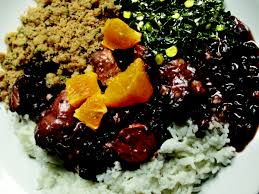
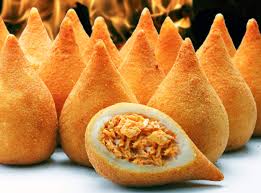

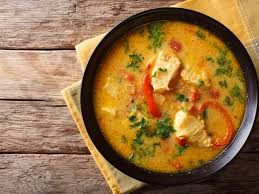
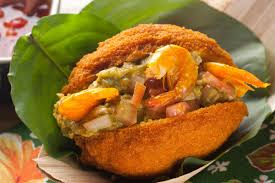


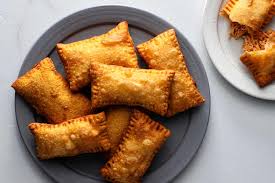
Interesting Facts
- The Amazon Rainforest houses approximately 10% of the world’s known species.
- The Christ the Redeemer statue in Rio de Janeiro is one of the New Seven Wonders of the World.
- The Pantanal wetlands are renowned for having the highest density of jaguars globally.
- Rio de Janeiro’s Carnival is the largest and most famous festival in the world.
- Iguazu Falls, spanning Brazil and Argentina, is one of the largest waterfall systems on Earth.
- The Pantanal is the world’s largest tropical wetland, extending into Bolivia and Paraguay.
- Portuguese is the official language of Brazil, making it unique in South America.
- Ouro Preto is a UNESCO World Heritage Site known for its preserved colonial architecture.
- The country has won the FIFA World Cup five times, more than any other country.
- The country is home to over 200 indigenous tribes, each with its own distinct culture and language.
Conclusion
Brazil is a country of immense beauty and cultural depth, offering a unique blend of natural wonders and vibrant traditions. From the lush expanses of the Amazon Rainforest to the rhythmic beats of Rio’s Carnival, The country captivates with its diverse landscapes and dynamic cultural expressions. Whether exploring its historic cities, enjoying its world-famous festivals, or savoring its rich cuisine, The country promises a captivating experience that reflects the heart and soul of South America.
let’s enjoy few years on earth with peace and happiness….✍🏼🙏

